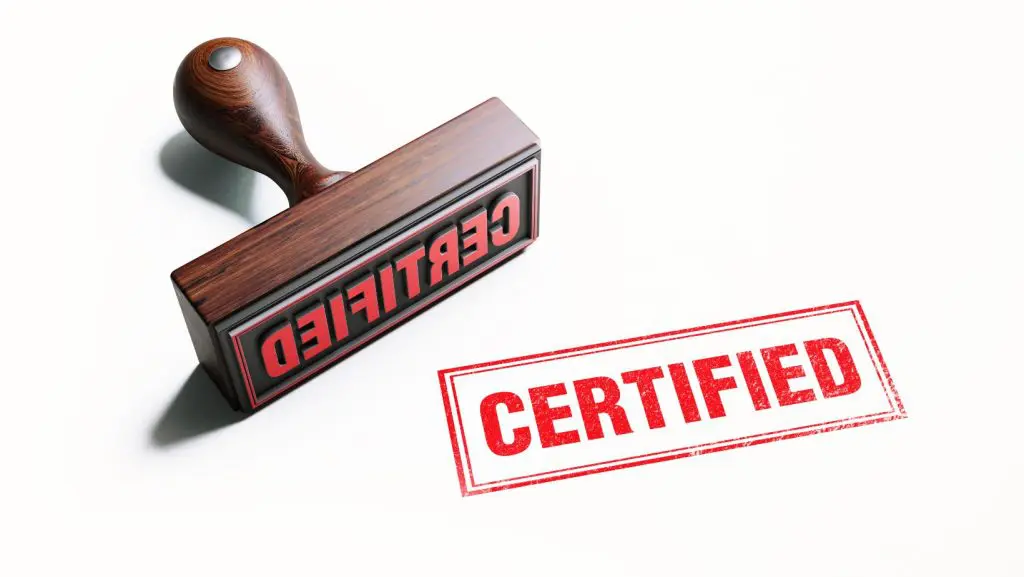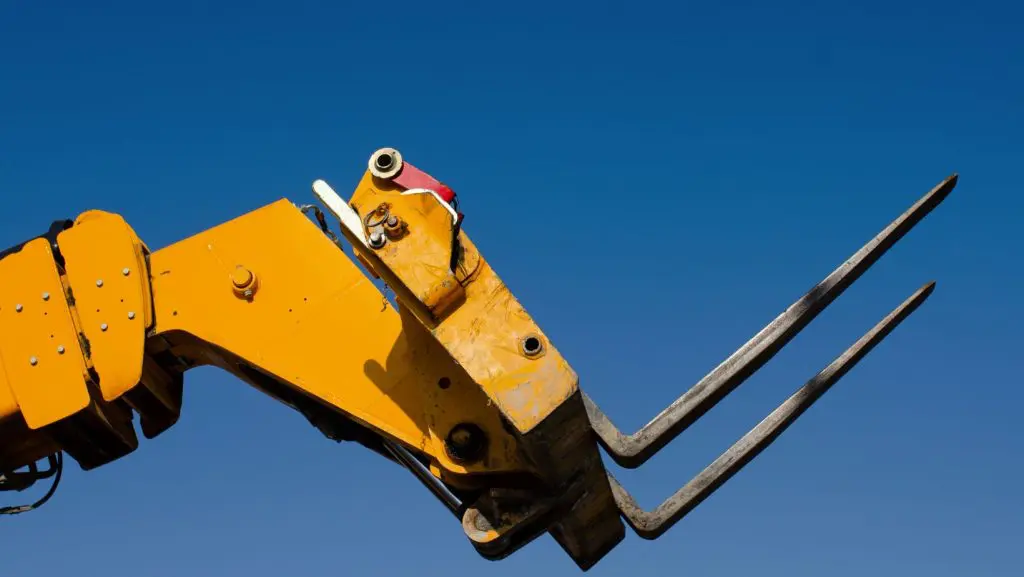How Long Does Forklift Certification Last?

Navigating the requirements for operating a forklift can be confusing, especially when it comes to forklift licenses and certificate expirations. This guide will clarify common misconceptions to help you understand what runs out and when and how to renew it to stay on top of your forklift training requirements. Is a forklift license required to […]

